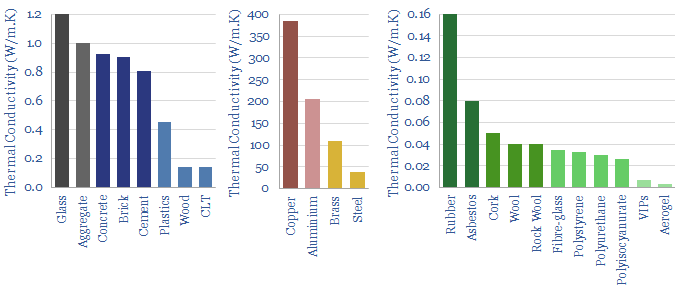
…the world is now grappling with gas shortages, which may encourage policymakers to re-prioritize nearer-term energy savings. We think renovation rates could treble. This 12-page note screens who might benefit….
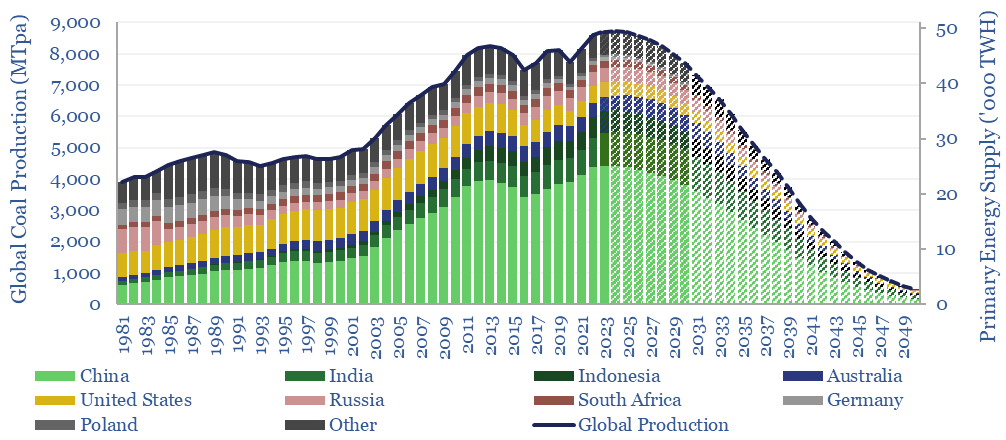
…the Emerging World. Coal-to-gas switching economics are profiled here. Some encouraging precedent come from the US, where coal production peaked at 1GTpa in the 2010s, before shale gas ramped to…
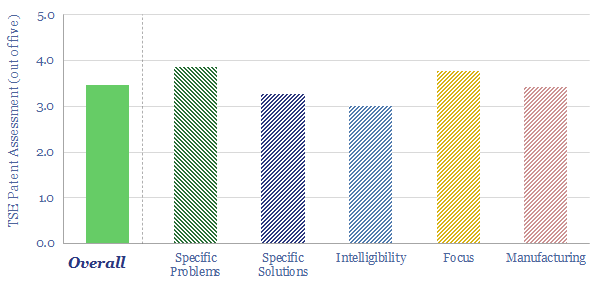
…sweep gas recirculation. $449.00 – Purchase Checkout Added to cart Next-generation membranes for carbon capture could separate out 95% of the CO2 in a flue gas, into a 95% pure permeate, for a…
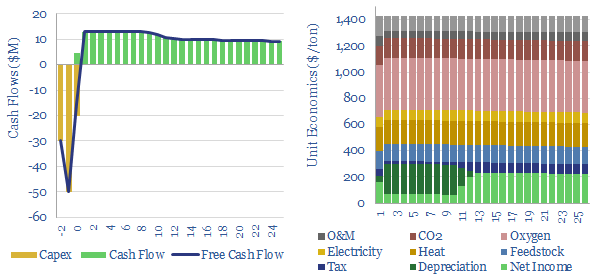
…m/s versus 2-6 m/s for other gases and a low moisture content in the exhaust gas. Oxy-acetylene flames cut quickly, saving cost. And ferrous metals are often flame hardened, to…
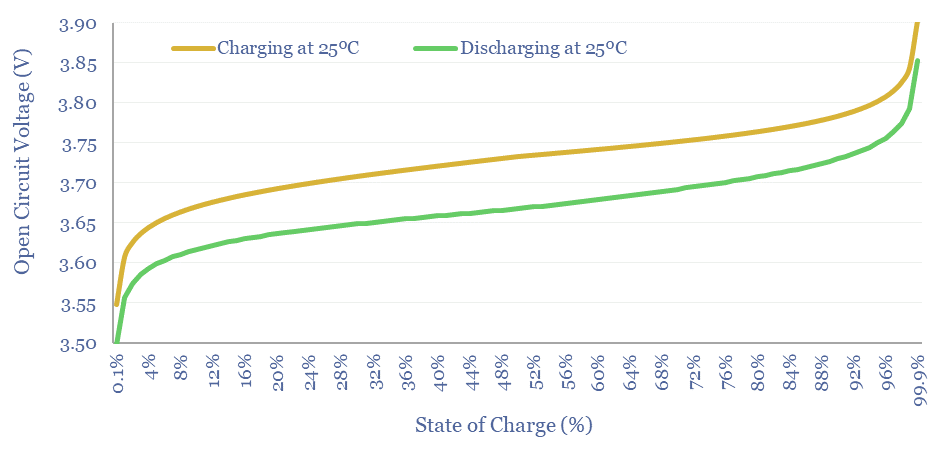
…(Li+ and OH-) and H2 gas. This makes lithium metal a strong reducing agent. As it oxidizes, another atom must reduce. Oxidizing agents. Other atoms “really want” to complete incomplete outer…
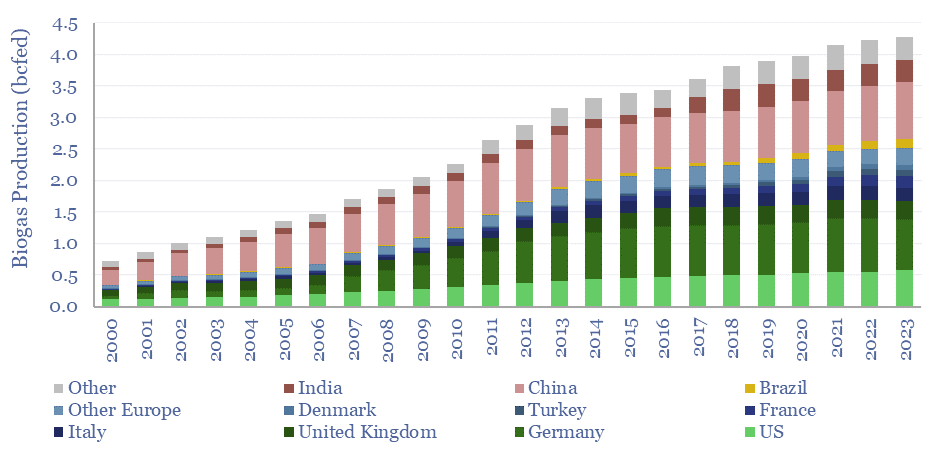
Global biogas production has risen at a 10-year CAGR of 3% to reach 4.3bcfed in 2023, equivalent to 1.1% of global gas consumption. Europe accounts for half of global biogas,…
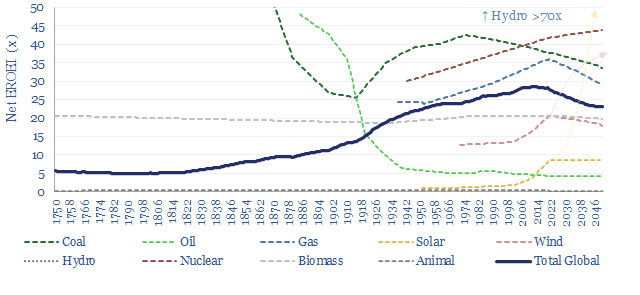
…time, looking back at the development of steam cycles, early electrical generators, gas turbines (chart below). Improving net EROEIs may determine the ultimate share of renewables in the future energy…
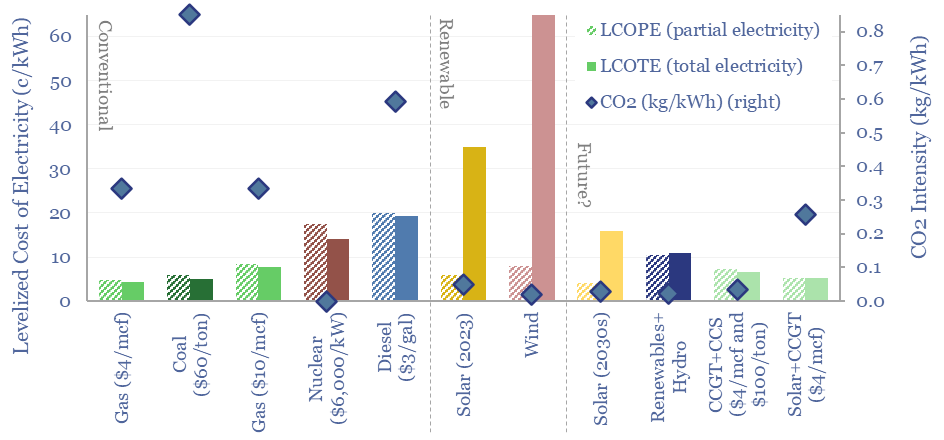
…natural gas is going to emerge as the most pragmatic and cost-effective backstop for the volatility in renewable-heavy grids. Hence gas is going to ‘surprise’ by entrenching at a 30-50%…
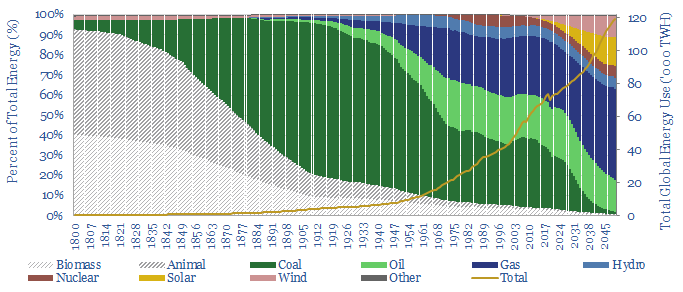
…energy transition. Natural gas is the lowest carbon fossil fuel, with 54% of its combustion energy coming from hydrogen in the methane molecule (CH4). Hence gas ramps by 2.2x to…
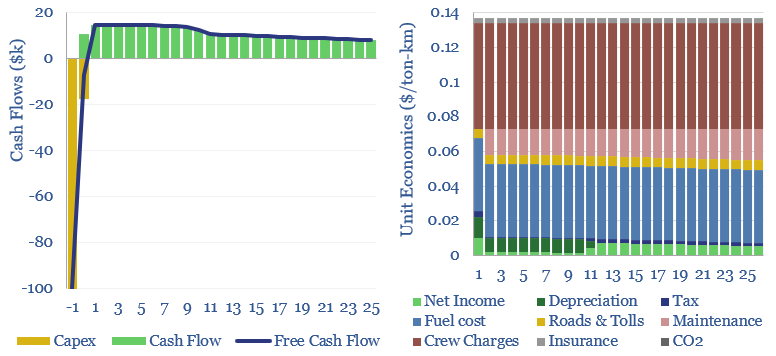
…On an energy-equivalent basis, $3/mcf gas is 4x more economical than $3/gal diesel. However, the advantages are offset by higher vehicle costs, operational costs and logistical costs for LNG fueling…










